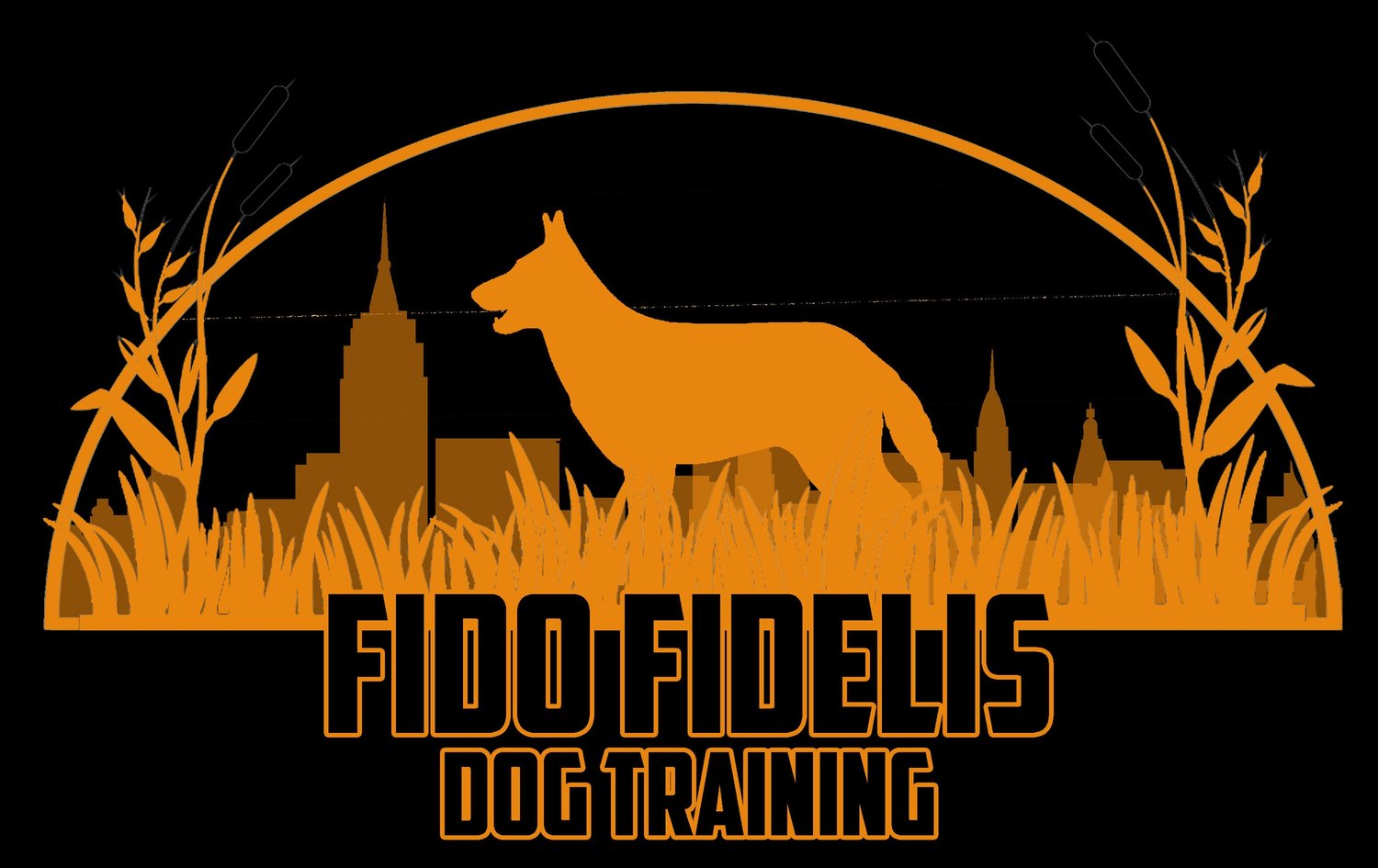Aggressive behavior in dogs is a serious issue that can lead to injuries or even fatalities if left unaddressed. While many dog owners may initially turn to positive reinforcement techniques to try to correct their dog's aggressive behavior, there are times when correction may be necessary to help curb these dangerous tendencies.
Here are a few reasons why correction may be necessary when dealing with aggressive behavior in dogs:
Protecting Yourself and Others
Aggressive dogs can pose a significant risk to their owners, other animals, and people in their immediate surroundings. If left unchecked, an aggressive dog can attack or cause harm to those around it. By using correction techniques, such as verbal commands or physical restraints, you can prevent your dog from acting out aggressively and keep yourself and others safe.
Establishing Leadership
Dogs are pack animals and thrive on clear hierarchy and leadership. If a dog feels like it is the one in charge, it may exhibit aggressive behavior towards other dogs or people in an attempt to assert its dominance. Using correction techniques to establish your position as the leadership can help prevent aggressive behavior from occurring in the first place.
Correcting Misunderstandings
Sometimes, dogs may exhibit aggressive behavior due to a misunderstanding or misinterpretation of a situation. For example, a dog may become aggressive towards strangers approaching its owner because it perceives them as a threat. By using correction techniques to correct these misunderstandings and reinforce appropriate behavior, you can help your dog learn how to respond to different situations more appropriately.
It's important to note that correction techniques should be used judiciously and only under the guidance of a qualified and experienced trainer. Overuse of corrections can potentially lead to fear and anxiety in dogs and may worsen the behavior you are trying to correct. Instead, corrections should be used as a part of a comprehensive training plan that also includes positive reinforcement techniques.
